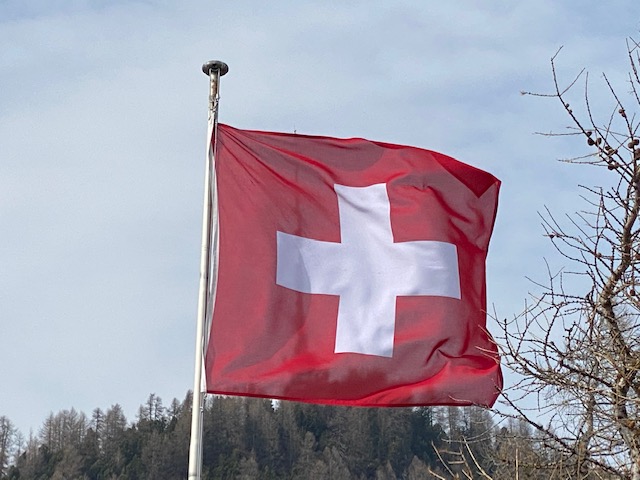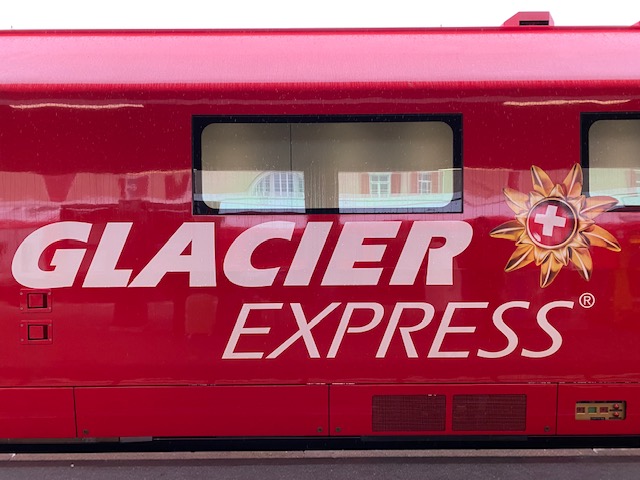A white Christmas. In Western Europe, a white Easter is more likely than a white Christmas. But for this year’s holidays, we name a few scenic snow white destinations.
The idea of a white Christmas stems from one man: Charles Dickens (1812-1870). The depiction of snow-covered Christmas season found in ‘The Pickwick Papers‘ (1836), ‘A Christmas Carol‘ (1843), and his short stories was apparently influenced by memories of his childhood, which coincided with the coldest decade in England in more than a century.
In the 1810s, during Dickens’ childhood, some volcanic eruptions caused a climate change. The year 1816 is known as the Year Without a Summer because of severe climate abnormalities that caused average global temperatures to decrease by 0.4–0.7 °C (0.7–1 °F).
Summer temperatures in Europe were the coldest on record between the years of 1766–2000. This resulted in major food shortages across the Northern Hemisphere.
Evidence suggests that the anomaly was predominantly a volcanic winter event caused by the massive 1815 eruption of Mount Tambora in April in the Dutch East Indies, known today as Indonesia. This eruption was the largest in at least 1,300 years after the hypothesized eruption causing the volcanic winter of 536, and was perhaps exacerbated by the 1814 eruption of Mayon in the Philippines.
Snow
Snow is fun, certainly when you’re inside. So where can you experience snow without giving up on comfort? The answer is simple: Switzerland.

The Glacier Express
The Glacier Express is quite something. It’s the Swiss railway experience condensed in one voyage.
The Glacier Express (GEX), part of the Grand Train Tour of Switzerland, is a direct train connecting railway stations of the two major mountain resorts of Zermatt and Sankt Moritz via Andermatt in the central Swiss Alps.
The train is not an ‘express’ in the sense of being fast train, but it offers an direct, no changing trains, conection between the two ski resorts. The total journey takes 8 hours and is 291 km (181 miles) long.
It omits stops made by local trains. The Glacier Express is known as “the slowest express train in the world.
Since 2017 the train is operated by the Glacier Express AG, a cooperation jointly owned by the former operators Matterhorn Gotthard Bahn (MGB) and Rhaetian Railway or Rhätische Bahn (RhB). For much of its journey, it also passes along and through the World Heritage Site known as the Rhaetian Railway in the Albula / Bernina Landscapes.
The first Glacier Express started on 30 June 1930 07:30 in Zermatt. Initially, it was operated by three railway companies: the Visp-Zermatt-Bahn (VZ), the Furka Oberalp Bahn (FO), and the RhB.
Since 2003, the train has been operated by RhB and the MGB, which arose from a merger between the BVZ and the FO. Since 2017 the Glacier Express AG, owned by the two former operators, runs the train of the same name.
The entire line is metre gauge (narrow gauge railway), with 23.9 kilometres (14.9 miles) using the rack-and-pinion system both for ascending steep grades and to control descent.
The Glacier Express is expensive, certainly if you do it right. And you should do it right. So book a first class or Excellence Class seat and enjoy a lunch while you enjoy the snow white winter scenes. You will not regret is.












The GoldenPass Express
The GoldenPass Line is now partly the GoldenPass Express. New rolling stock makes it possible to travel from Montreux to Interlaken without changing trains at Gstaad. The EMU have an adaptable gauge. From Interlaken you still have to change to go to Lucerne (Luzern).
We both dod the GoldenPass Line the old fashioned way on separate occasions. We’ll probably try the GoldenPass Express at some point in the future.












The Jungfraujoch
Jungfraujoch is Europe’s highest railway station.
The Jungfrau, German for young lady, maiden or virgin, is the mountain.

Jungfraujoch is a saddle in the Bernese Alps, connecting the two four-thousander peaks Jungfrau and Mönch, at an elevation of 3,466 metres (11,371 ft) above sea level. It is a glacier saddle, on the upper snows of the Aletsch Glacier, and part of the Jungfrau-Aletsch area, situated on the boundary between the cantons of Bern and Valais, halfway between Interlaken and Fiesch“.
Jungfraujoch is als the name of the railway station at 3,454 m or 11,332 ft.
The Jungfraubahn (JB) or Jungfrau Railway is a 1 m (3 ft 3 3⁄8 in) gauge rack railway which runs 9 kilometres (5.6 mi) from Kleine Scheidegg to Jungfraujoch, between the Bernese Highlands and the Valais in Switzerland.
The railway runs almost entirely within the Jungfrau Tunnel, built into the Eiger and Mönch mountains and containing two stations in the middle of the tunnel, where passengers can disembark to observe the neighbouring mountains through windows built into the mountainside.
The initial open-air section culminates at Eigergletscher (2,320 m), which makes it the second highest open-air railway in Switzerland.
It is breathtaking. Also literally. At some 3,500 meters there’s less oxygen so beware of headaches and your heart. Be mindful if you have a heart condition. Be slow, be gentle.






The Zugspitze
There is winter wonderland outside Switzerland. The Zugspitze is Germany‘s highest mountain.
It has a height of 2962 metres and is located in the Alps on the border between Germany and Austria. To open up the mountain for tourism they constructed a rack railway from the railway station in Garmisch-Partenkirchen towards the summit of the mountain in 1928-1930.
The Zugspitze lies on the border of Bavaria and Austria.
Once at the top of the line, getting outside was a shock. Danny described the occasion as: “Upon leaving the protection of the building we made a synchronised shoutout out of joy due to some fresh snow blowing onto us. After walking around some more and taking pictures we continued onto the Gletscherbahn cable car taking us to the even higher summit of the Zugspitze itself across the glacier.”



White sand
Who says a white Christmas should be cold? In 2020 we cruised from Sydney in Australia to New Caledonia, Vanuatu and Fiji. There we saw some white sand beaches.
Lifou, or Drehu in the local language, is part of the French special collectivity of New Caledonia. Its name would come from Île de fous or Island of crazy people. At least, according to our guide Eddy.There aren’t really landmarks or cultural things to do on Lifou. As we don’t snorkel, we kept our visit short. Lifou’s main attraction is being what you imagine it to be: a paradise fit for shower cream advertisements.
With three hundred inhabitants on Dravuni Island (Fiji), there’s ‘nothing’ there except friendly people, postcard-worthy vistas and pristine beaches. We intended to circle the island in foot, but at one point the beach stopped. So that didn’t happened. But we had a lovely walk on the beach, even wetting our feet. We don’t like the sand between our toes but it was a lovely walk.






The Caribbean
Of course, the Caribbean. Danny and his sister did a cruise with MSC there in 2014. They cruised to Aruba and Curaçao, Jamaica and the Cayman Islands.



Merry Christmas !
LikeLiked by 1 person
Merry Christmas to you too!
LikeLike
Merry Christmas Tim and a healthy 2023!
LikeLiked by 1 person
Happy Christmas Denzil. Have a wonderful 2023.
LikeLike